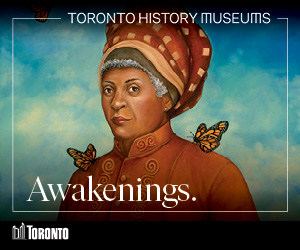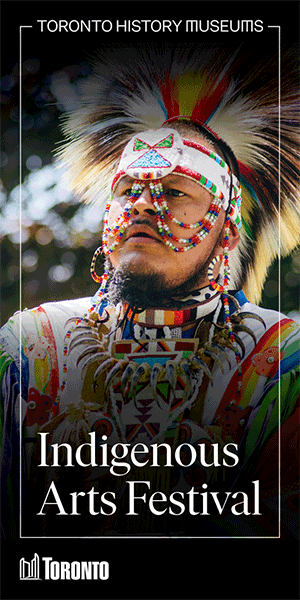by Xavier Kataquapit
Education for Indigenous people presents all kinds of great opportunities for us to move ahead and develop careers that are rewarding and satisfying. This was not always the case as historically there were few opportunities, insufficient budgets and limited access. So much has changed for the better over the past two decades. Our First Nation leadership at national, provincial, regional and local levels have been lobbying for more control over education budgets, advocating for funding increases and creating more opportunities at the secondary, college and university levels.
Just 20 or 30 years ago, it was a lot harder for most Indigenous people, especially those from northern remote communities to attend high school or post secondary education. In most cases it meant having to move away from their home communities to attend secondary school, college or university in cities and towns in the south. The education systems were not really geared to assisting, supporting and encouraging Indigenous students. Many students found it very difficult to be away from their families, friends and cultural roots.
Many of us just could not adapt and turned to alcohol and drugs to cope, which of course resulted in failed efforts. Thankfully there have been huge changes for the better when it comes to education for my people all across the country. Our education budgets have increased and there are more secondary schools in remote communities so that young students do not have to leave their families and friends at an early age. We know all too well the terrible result of the residential schools system that stole children out of our First Nations and terrorized them within the so called education system of the time. My father and mother, my uncles and aunts and just about every elder I have ever known had to deal with the aftermath of the residential school system and it was devastating.
In my own childhood education, I attended day school in my home community in Attawapiskat and I had a hard time to move forward. In fact our school was shut down in 2000 because of diesel fuel contamination that was decades old. I was surprised and shocked like so many people my age who attended daily lessons at the JR Nakogee Elementary school throughout the 80s that thousands of gallons of diesel stove oil had leeched under the building. After the discovery and closure, it took many years for a new school to be constructed and that was a challenge for all students.
Shannon Koostachin, a young girl from the community who showed the country what was happening with education in Attawapiskat, led the fight for the rights of Indigenous students at the time. It was through her voice and direct pleas to government that led to the creation of the Kattawapiskak Elementary School which was opened in 2014. Sadly Shannon never got to see the new school she fought for as she tragically died at the age of 15 in a car accident in 2010.
Education has never been easy for Indigenous people. I had to leave my community to attend secondary school in the south and that was very difficult to deal with. I was lucky to have great experiences with the families I boarded with and I also met many good teachers but this was a lonely and challenging period of my life. Today, most remote communities have good elementary and secondary schools and there are now many Indigenous teachers. This is a positive change for everyone. There are also more opportunities online allowing people to stay in their communities and access post secondary education. Colleges and universities these days are more inclusive and supportive of Indigenous students needs with dedicated staff, traditional and cultural programs, social services and generally a more inclusive and open environment.
Today I see many Indigenous people moving ahead in education and developing careers in education, health, legal, financial, industrial, commercial, political sectors and participants in just about every type of work you can think of. The future is looking bright and more liberal and open minded governments have moved forward with increased funding in education. However, there is still a need for more funding, access and support dedicated to righting the wrongs of the last 200 years. The path of reconciliation is a very difficult and long one but at the very least we have embarked on that journey.
Our young students are moving ahead in a more positive, open, sensitive and supportive world and education will be one of the ingredients to heal from the past. We owe it to every little child taken from their families during the residential school era to do our best to succeed in our lives and give them a voice that will lift us all up.











